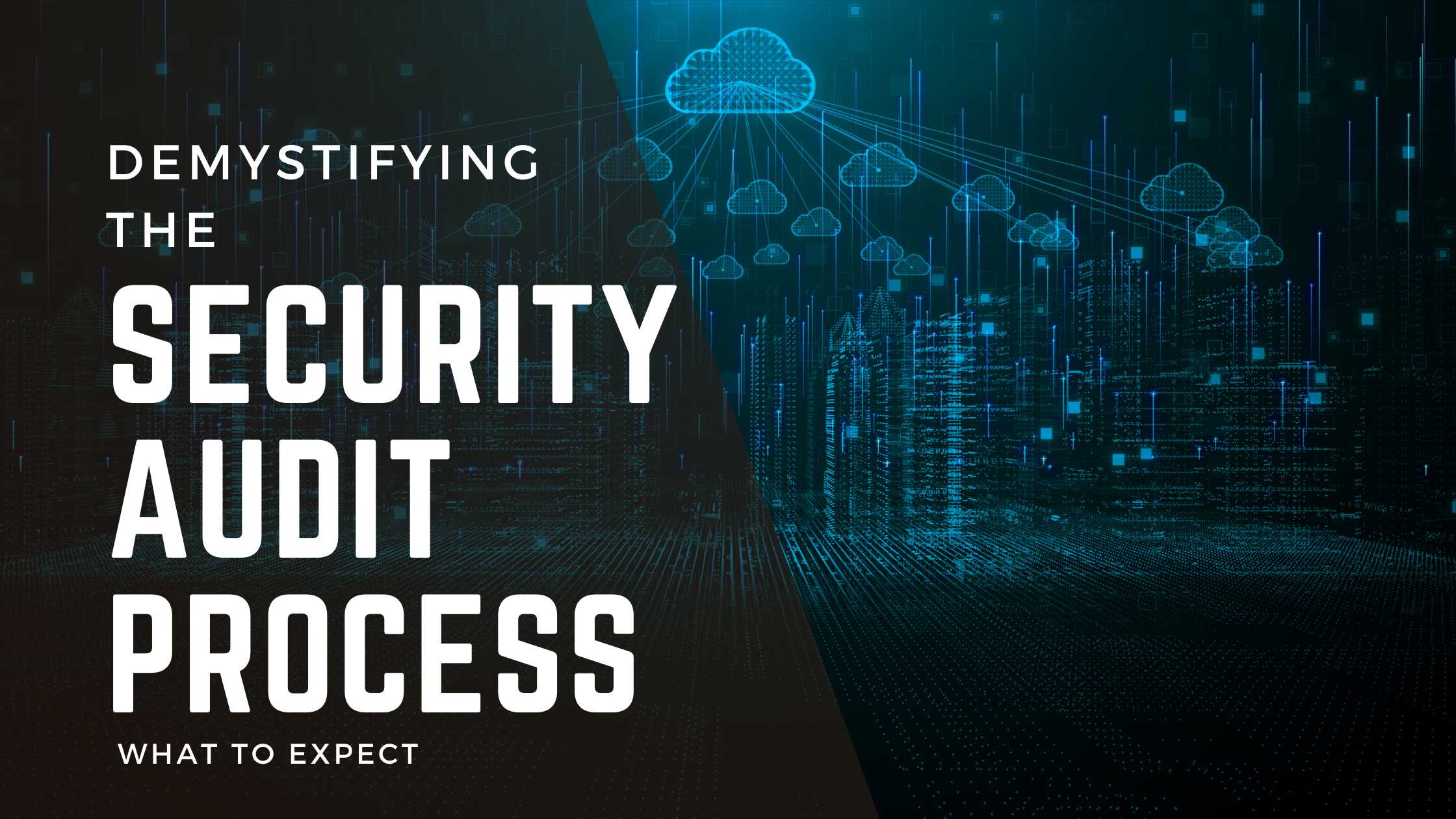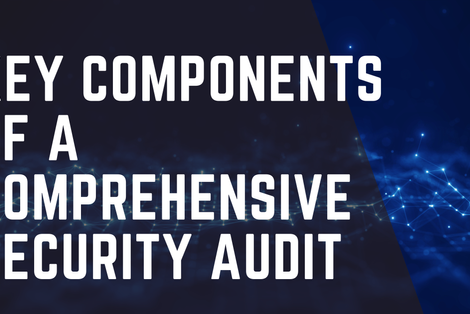In today's interconnected digital landscape, the importance of cybersecurity cannot be overstated. Businesses, regardless of their size or industry, face a myriad of threats that can compromise their data, reputation, and bottom line.
At Anteris, we understand the unique challenges businesses like yours face when it comes to cybersecurity. That's why we're here to be your trusted guide, demystifying the complex world of security audits.
In this comprehensive guide, we'll walk you through the entire security audit process, from preparation to continuous monitoring. Our goal is to empower you with the knowledge and practical advice needed to enhance your security posture and ensure compliance with relevant regulations.
Benefits of a Well-Executed Security Audit
- Enhanced Security Posture: A well-executed security audit bolsters your security posture, making your organization more resilient to cyber threats.
- Regulatory Compliance: By identifying and addressing compliance gaps, you ensure that your business adheres to relevant regulations, reducing legal risks.
- Improved Customer Trust: Demonstrating your commitment to security through audits enhances customer trust and can lead to increased business opportunities.
Preparing for a Security Audit
Before embarking on a security audit, it's crucial to establish clear objectives and goals. What are you trying to achieve with this audit? Are you primarily concerned with compliance, risk assessment, or vulnerability identification? Defining these objectives sets the foundation for a successful audit.
Assembling the Audit Team
Your audit team is a critical component of the process. Identify individuals with the necessary expertise and knowledge to conduct a thorough audit. This team may include internal personnel and external experts, depending on the scope and complexity of your audit.
Gathering Relevant Documentation
To ensure a smooth audit process, gather all relevant documentation, including policies, procedures, network diagrams, and security incident reports. Having these materials readily available will streamline the audit and demonstrate your commitment to transparency.
Types of Security Audits
Understanding the different types of security audits is essential. Compliance audits assess your adherence to specific standards or regulations, such as GDPR or HIPAA. Risk assessments identify potential threats and vulnerabilities, while penetration testing simulates real-world attacks to test your defenses. Vulnerability assessments focus on pinpointing weaknesses in your security infrastructure.
Audit Standards and Frameworks
To maintain a structured approach, familiarize yourself with industry-standard frameworks like ISO 27001/27002, NIST Cybersecurity Framework, SOC 2 compliance, and GDPR. These frameworks provide guidelines and best practices for a comprehensive security audit. The most important thing is to choose a framework and stick with it.
Developing an Audit Plan
Time is of the essence when it comes to security audits. Determine a reasonable timeline for the audit, ensuring that it aligns with your business objectives and compliance deadlines.
Identifying key stakeholders within your organization is vital. They should be kept informed throughout the audit process and have a clear understanding of their roles and responsibilities.
Successful audits require adequate resources, including personnel, tools, and budget allocation. Ensure that your audit team has the necessary resources to carry out their tasks effectively.
Conducting the Audit
With your audit plan in place and the team assembled, it's time to move forward with the audit itself. Stay tuned for the second part of our guide, where we'll delve deeper into the audit process, analysis of findings, and the crucial steps that follow. Your journey to a more secure and compliant business is just beginning.
Information Gathering and Data Collection
The audit officially kicks off with information gathering and data collection. Your audit team will collect data related to your organization's IT infrastructure, policies, and procedures. This phase sets the stage for a deep dive into your security measures.
Interviewing Key Personnel
Interviews play a pivotal role in understanding how security practices are implemented within your organization. Engage with key personnel, including IT administrators, compliance officers, and department heads. Their insights are invaluable for assessing the effectiveness of security controls.
Technical Testing and Assessment
Technical testing involves probing your network, systems, and applications for vulnerabilities. This may include vulnerability scanning, penetration testing, and log analysis. The goal is to identify weaknesses that malicious actors could exploit.
Documenting Findings
Throughout the audit process, meticulous documentation is essential. Record all findings, observations, and evidence. This documentation will be crucial in the later stages of the audit, including reporting and remediation.
Analyzing Audit Findings
Once the audit is complete, it's time to assess the risks identified. Not all vulnerabilities are created equal. Conduct a risk assessment to prioritize findings based on their potential impact and likelihood. This step helps you focus on the most critical issues.
Unearthed vulnerabilities and weaknesses are the foundation of your audit's success. Pinpoint specific areas where your security measures may fall short. Understanding these weaknesses is the first step toward strengthening your defenses.
If compliance with specific regulations is a goal of your audit, this is the point where you evaluate your adherence to the relevant standards. Ensure that your organization aligns with the necessary compliance requirements.
Reporting and Communication
The audit report is a comprehensive document that outlines the audit process, findings, and recommendations. It should be clear, concise, and actionable. Transparency is key in communicating your security status to stakeholders.
Presenting Findings to Stakeholders
Engage with your organization's leadership and key stakeholders to present the audit findings. This step is critical for raising awareness of security risks and gaining support for necessary remediation efforts.
Addressing Concerns and Questions
Expect questions and concerns from stakeholders. Be prepared to address these in a knowledgeable and reassuring manner. Clear communication fosters understanding and cooperation.
Remediation and Action Planning
Based on the prioritized findings, create a remediation plan. This plan should outline specific actions, timelines, and responsible parties for addressing vulnerabilities and weaknesses.
Clearly assign responsibilities for implementing remediation measures. Accountability is essential to ensure that necessary changes occur promptly.
Execute the remediation plan diligently. Implement security measures, update policies, and enhance controls to mitigate identified risks.
Conclusion: Safeguarding Your Future
In this comprehensive guide, we've skillfully navigated you through the intricacies of a security audit, starting from the initial planning stages and progressing to the crucial analysis of findings and the formulation of effective remediation strategies.
Throughout, we've underscored the significance of grasping your security posture, adhering to regulatory requirements, and consistently enhancing your defensive measures.
However, our partnership with you doesn't conclude here. Anteris is dedicated to being your trusted guide in this ongoing journey of cybersecurity. We specialize in walking clients through every facet of the security audit process, ensuring you remain vigilant in the face of ever-evolving threats and are well-prepared to adapt to the latest challenges.
Just as technology advances, our commitment to your security grows stronger, always one step ahead of the tactics employed by malicious actors.




